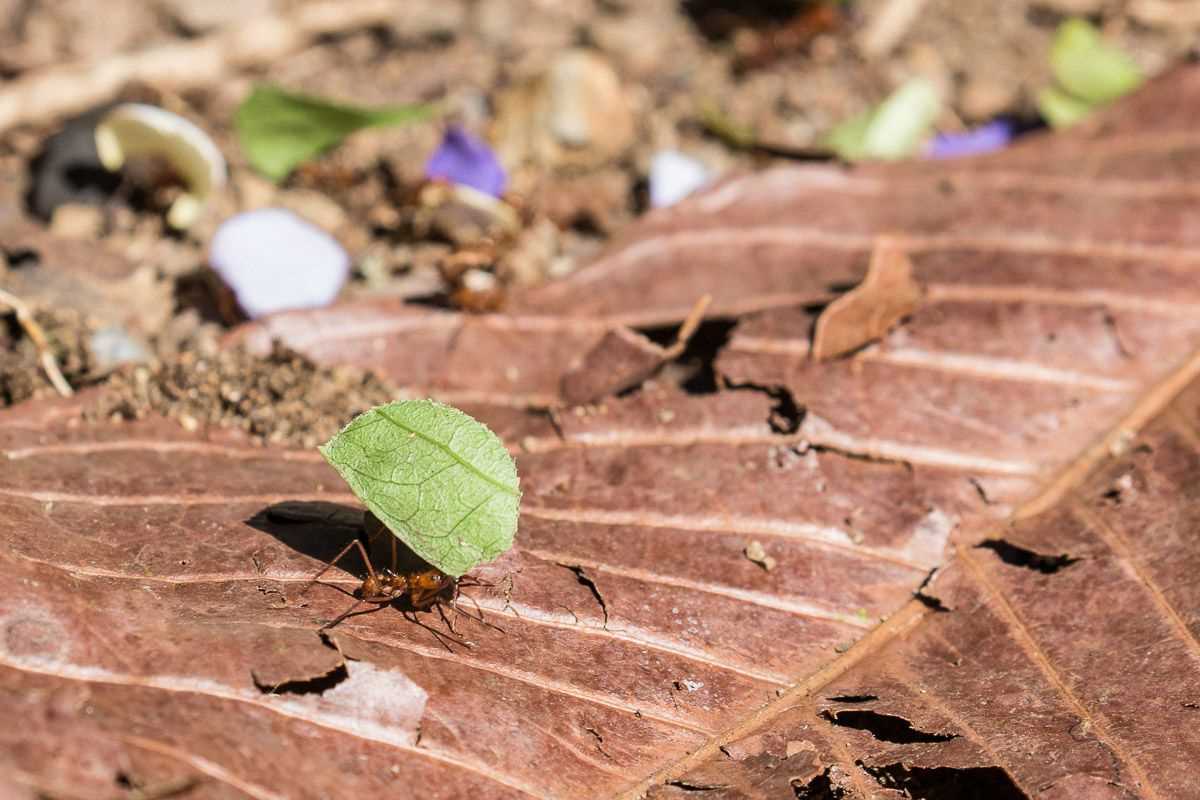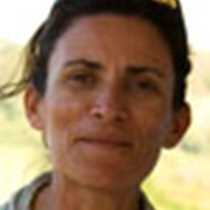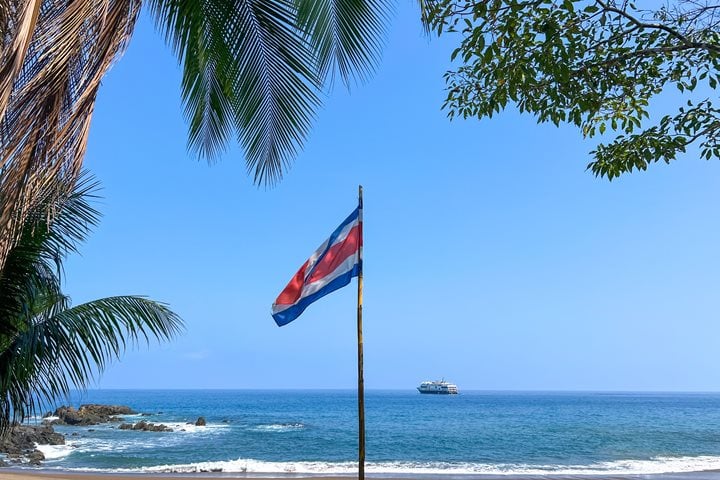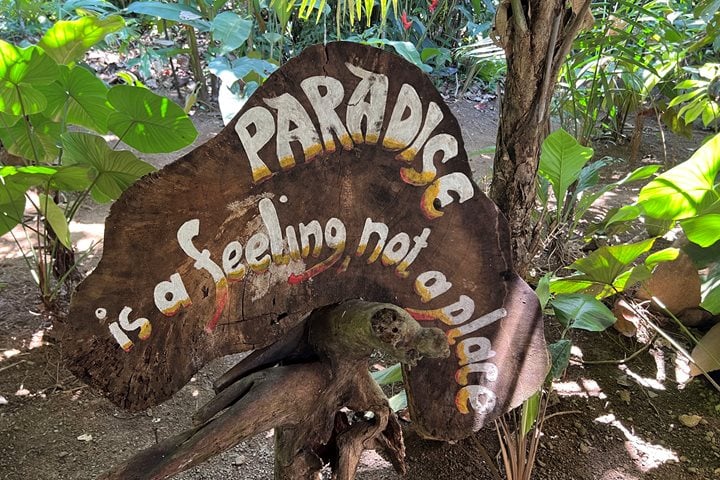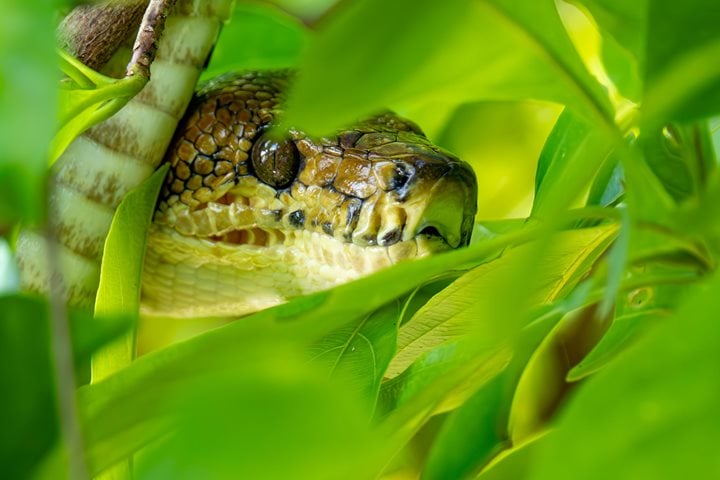Last night we arrived to our final exploration site, the Osa Peninsula (Península de Osa in Spanish). Located in southwestern Costa Rica, in the Puntarenas Province, with the Pacific Ocean to the west and the Golfo Dulce to the east, the peninsula was formed geologically by a faulting system that extends north into California. Corcovado National Park is a reserve within the Osa Peninsula that protects various tropical ecosystems. The crown jewel of Costa Rica’s national park system, Corcovado National Park (Parque Nacional Corcovado in Spanish) is comprised of 103,290 acres (42,000 ha) of tropical rainforest. The largest of Costa Rica’s parks, it encompasses about a third of the Peninsula and embraces an unbelievable amount of biodiversity. Considered one of the world's most biodiverse areas, its wildlife includes scarlet macaws, tapirs, jaguars and squirrel monkeys. It represents a very diverse population of flora and fauna, including 10% of the mammals found in the Americas. Declared a protected area in 1975 to prevent the harvest of precious resources, it is believed to have the largest concentration of macaws and virgin lowland rainforest in Central America.
This morning we disembarked onto a privately run wildlife refuge called Caletas, and we had the opportunity to choose between four activities: a long forest walk, a birdwatching premises walk, a power walk and horseback riding. Whatever activity we chose, we came back with a story to tell. Whether it was ants, monkeys, birds or horses, the morning was full of tropical rainforest enchantment. Our Captain repositioned the ship a few miles south and we disembarked onto the best kept piece of rainforest of the country. On to San Pedrillo ranger’s station, one of the four stations within the park, for two choices, a long uneven walk to a waterfall or a flatter option parallel to the beach in the dense forest. All of us looking for wildlife, or anything that would enhance our experience. A cold dip into a deep forest water hole or a good walk looking for wildlife. Our last day onboard National Geographic Quest was an incredible one.

